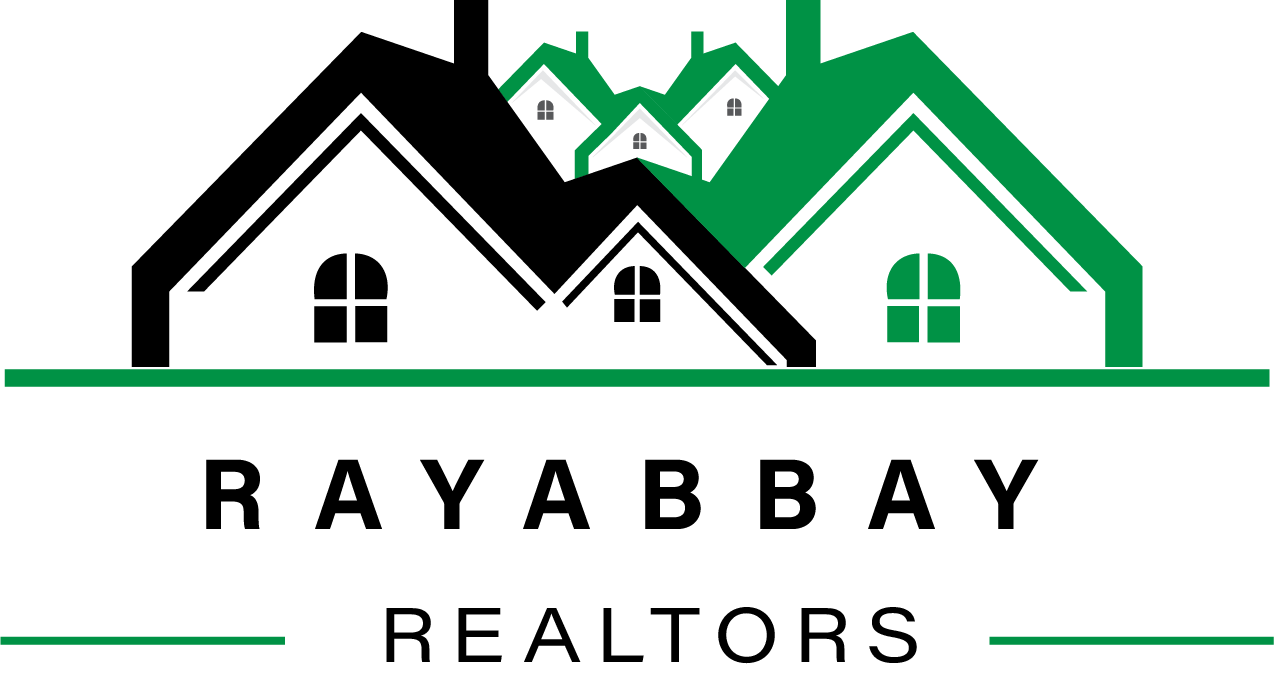Unlocking homeownership what are rent to own homes in Nairobi

For many aspiring homeowners, the conventional home-buying process can be intimidating for many due to their limited resources. In such scenarios, a rent-to-own agreement emerges as a viable and flexible alternative. We'll explore what rent-to-own homes entail, how they work, and the potential benefits and considerations for both tenants and sellers.
What are rent-to-own homes?
Rent-to-own, also known as lease-option or lease-to-own is a housing arrangement that combines elements of renting and homeownership. In this setup, a tenant signs a lease agreement with the option to purchase the property at a later date, typically after a predetermined period.
How Rent-to-Own Works:
Lease Agreement:
The tenant and landlord enter into a standard lease agreement, specifying the rental terms, monthly rent, and the duration of the lease, commonly ranging from one to three years.
Option Fee:
The tenant pays an upfront fee, known as the option fee or option consideration. This fee is typically non-refundable and gives the tenant the exclusive right to purchase the property at a predetermined price during or at the end of the lease period.
Monthly Rent:
During the lease term, the tenant pays monthly rent to the landlord. Part of this rent may be credited toward the purchase price if the tenant decides to buy the property.
Purchase Price:
The purchase price is agreed upon upfront and is often based on the current market value of the property. This price remains fixed, protecting the tenant from potential market value increases during the lease term.
Option to Purchase:
At the end of the lease period, the tenant has the option to buy the property. If they choose not to exercise this option, they can move out without further obligation.
Benefits for Tenants:
Path to Homeownership:
Rent-to-own provides an opportunity for individuals with limited savings or credit challenges to work towards homeownership while living in the property.
Fixed Purchase Price:
The agreed-upon purchase price remains fixed, protecting the tenant from market fluctuations that might otherwise increase the home's cost.
Time to Improve Credit:
Tenants can use the lease period to work on improving their credit scores, making it easier to secure a mortgage when the time comes to purchase.
Considerations for Sellers:
Tenant's Financial Stability:
Sellers should assess the tenant's financial stability before entering into a rent-to-own agreement to minimize the risk of default.
Property Maintenance:
Sellers remain responsible for property maintenance during the lease period, even if the tenant intends to purchase the home later.
Market Conditions:
Sellers should consider the current real estate market conditions and ensure the agreed-upon purchase price is fair and reflective of the property's value.
Conclusion:
Rent-to-own homes offer a unique pathway to homeownership for individuals facing financial or credit challenges. While it can be a mutually beneficial arrangement, both tenants and sellers should approach these agreements with careful consideration, clear communication, and a thorough understanding of the terms involved. As with any real estate transaction, seeking legal advice and conducting due diligence is essential to ensure a smooth and fair process for all parties involved.
